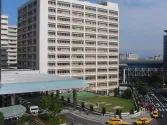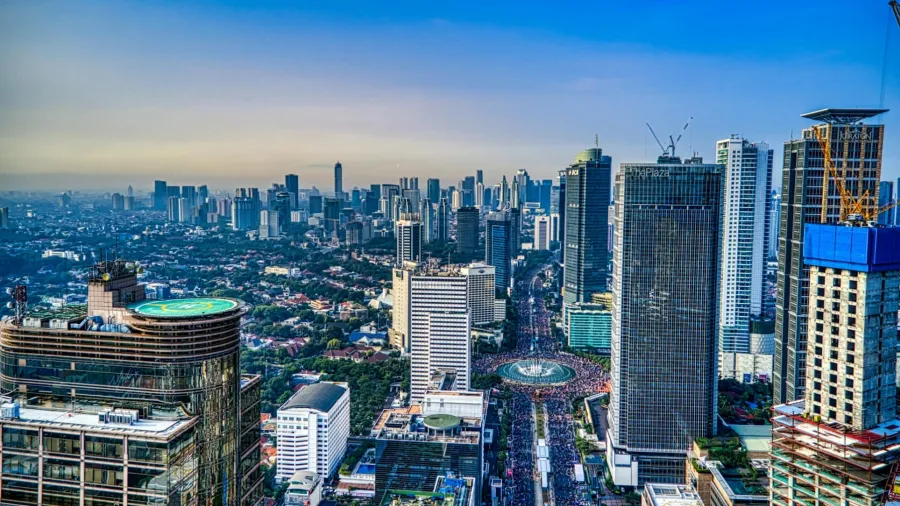
Indonesian banks face slower loan growth if tariff war escalates
The most severe case would constrain lending and prompt capital preservation.
Indonesian banks face the risk of slower loan growth, lower net interest margins (NIM), and deterioration in asset quality if the tariff war escalates, according to UOB Kay Hian.
“We expect Indonesian banks to weather the uncertainty and emerge stronger,” said UOBKH analyst Posmarito Pakpahan.
The US is Indonesia’s second-largest export destination after China.
“Whilst direct exposure to US tariffs appears manageable, the broader impact could be more significant as major export-driven economies like China face heightened trade barriers,” said Pakpahan, on the impact to the Indonesian economy.
Indirect exposures to banks that may be impacted by the trade war include corporate borrowers, exporters and manufacturers, the forex markets, and liquidity.
The most severe case would constrain lending and prompt capital preservation. Overall, banks have strong pre-crisis capitalisation, which offers a buffer not just for banks but for financial stability.
Amongst banks, Bank Central Asia and Bank Rakyat Indonesia are reportedly better cushioned, with CET 1 of above 20%.
Meanwhile, Bank Mandiri and PT Bank Negara Indonesia have lower CET 1 ratios and more cyclical loan portfolios, with exposure to commercial loans— especially commodity, trade, and export-related segments. This makes them more vulnerable to asset quality deterioration, according to Pakpahan.
Both banks also have higher exposure to forex loans and deposits, which makes them more sensitive to forex volatility. This, in term, could pressure their NIMs, UOBKH said.


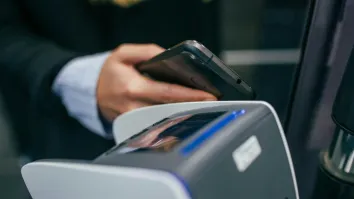


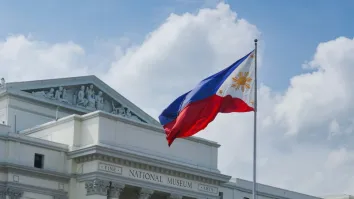

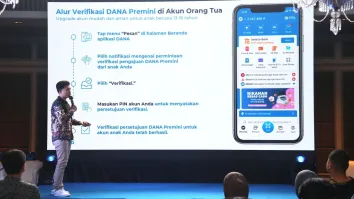


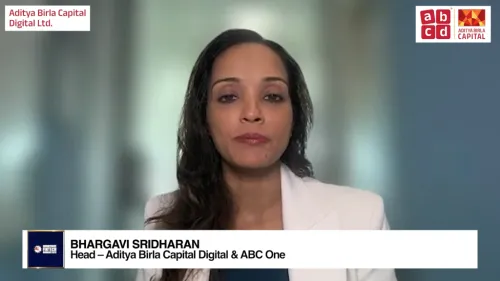


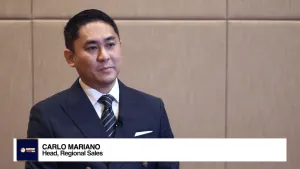
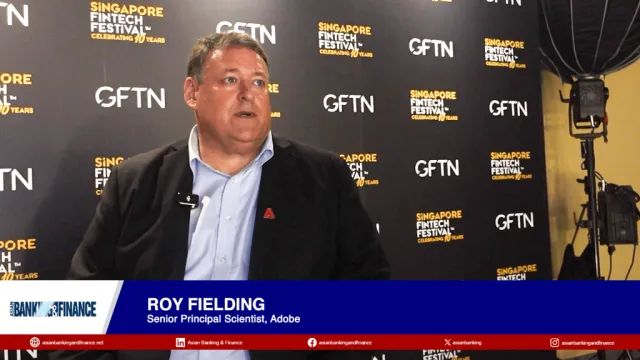


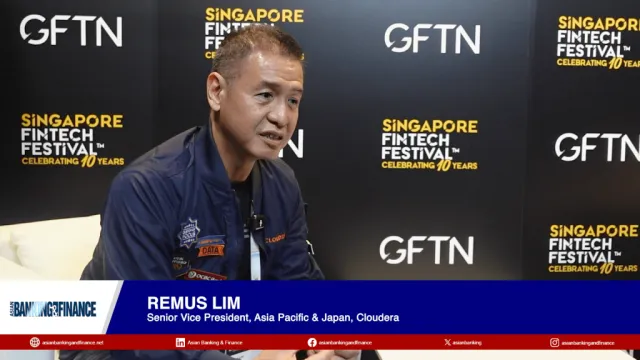
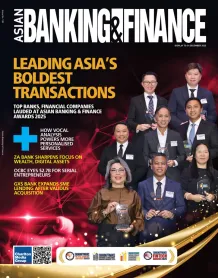
 Advertise
Advertise






